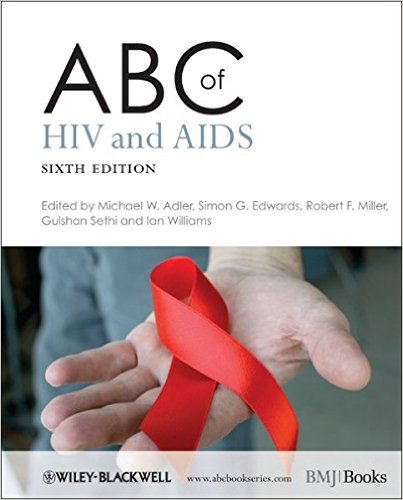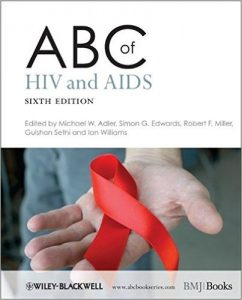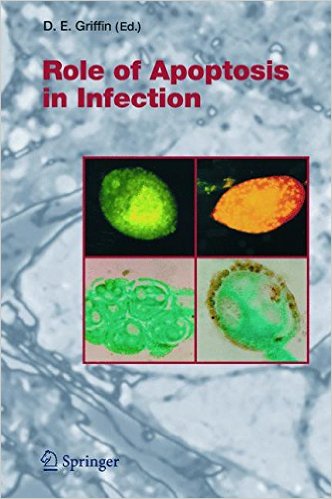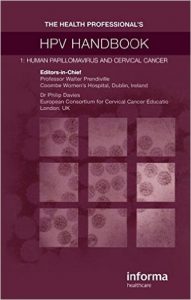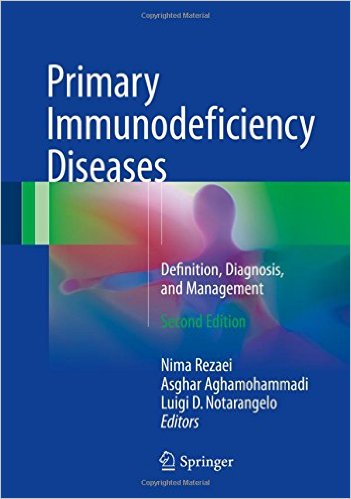ANAC’s Core Curriculum For HIV / AIDS Nursing 3rd Edition
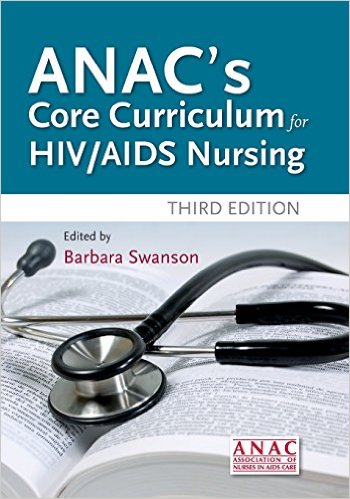
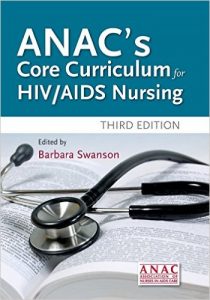
[amazon template=iframe image2&asin=0763754595]
The Association of Nurses in AIDS Care (ANAC) presents the essential information needed by every nurse working with HIV/AIDS patients in any setting. The text provides an educational framework for HIV/AIDS clinical content and serves those preparing for specialty certification in HIV/AIDS training. The text covers: A) Infection, transmission, and prevention B) Clinical management of a variety of patient types C) Symptomatic conditions and symptom management D) Special populations E) Psychosocial concerns for patients. ANAC’s Core Curriculum for HIV/AIDS Nursing, Third Edition includes the following new topics: Updates to the evidence basis underlying the nursing care of persons with HIV/AIDS. New issues and challenges including the care for pediatric patients and adults with giardia, syphilis and bipolar disease. New text features including case studies and quizzes.
DOWNLOAD THIS BOOK FREE HERE

